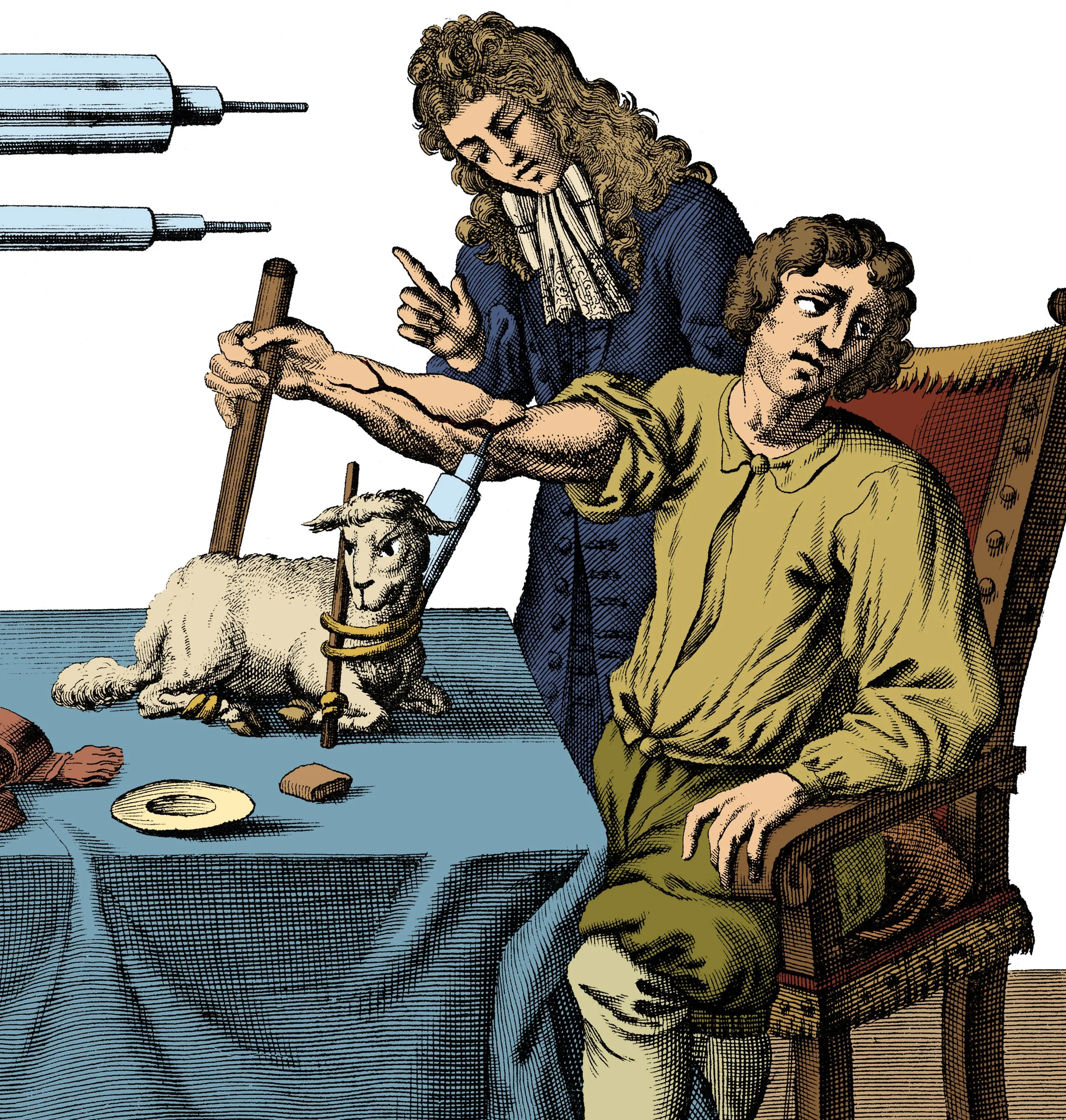As we gaze into the mirror, we often overlook the bustling metropolis that thrives beneath the surface – our skin. Beyond its protective and aesthetic functions lies an ecosystem teeming with microscopic inhabitants. Join me on an expedition into this unseen realm as we unravel the mysteries of the creatures that call our skin home.
Demodex folliculorum and Demodex brevis: Eyelash Mites
Meet the microscopic mites that have taken up residence within the confines of our hair follicles – Demodex folliculorum and Demodex brevis. These microscopic arachnids, measuring a mere fraction of a millimeter, spend their entire lives deep within our skin's sebaceous glands and hair follicles. While Demodex folliculorum primarily inhabits the hair follicles, Demodex brevis prefers the sebaceous glands. Despite their benign presence for most individuals, these mites have been implicated in certain skin conditions when their populations increase unchecked, leading to symptoms such as rosacea and blepharitis.
Human Lice: Head Lice, Body Lice & Public Lice
The mention of lice conjures images of scalp discomfort, but these parasites can also be found in other areas. Three distinct species of lice – head lice (Pediculus humanus capitis), body lice (Pediculus humanus corporis), and pubic lice (Pthirus pubis) – have adapted to specific niches on the human body. Head lice primarily inhabit the scalp and hair. Body lice prefer clothing and bedding, venturing onto the skin only to feed. Pubic lice prefer coarse body hair, particularly in the pubic region. These parasites evoke both discomfort and social stigma.
Human Fleas
Fleas, notorious for tormenting household pets, are not averse to seeking refuge in human hosts. Human fleas (Pulex irritans) can infest areas lacking hygiene, increasing in densely populated and unsanitary environments. While they primarily feed on the blood of mammals, including humans, their presence can provoke allergic reactions and transmit diseases such as murine typhus and tapeworm infections. Vigilance in maintaining cleanliness and addressing infestations promptly is essential for mitigating the risks associated with these persistent pests.
Skin Bacteria
Our skin is a veritable battleground for microbial communities, with bacteria comprising many of its inhabitants. While many bacterial species contribute to maintaining skin health and immune function, certain strains can instigate infections and dermatological disorders. From the ubiquitous Staphylococcus aureus to the opportunistic Propionibacterium acnes, the intricate interplay between bacterial populations shapes the resilience and susceptibility of our skin to disease.
Gallery of Acne Medical Photographs and Medical Illustrations
Skin Fungus: Ringworm, Athlete's Foot
Fungal infections are another common affliction of the skin. Common ones are ringworm and athlete's foot. Dermatophytes, the fungi responsible for these conditions, thrive in warm, moist environments, making areas such as the feet, groin, and scalp prime targets. Despite their colloquial names, neither ringworm nor athlete's foot is caused by worms; instead, they are fungal.
Our skin is a dynamic ecosystem inhabited by microscopic organisms, each playing a distinct role in its equilibrium. From the elusive Demodex mites to the persistent parasites and opportunistic pathogens, understanding the complexities of our skin's inhabitants enhances our appreciation for its resilience and vulnerability. Fostering a harmonious relationship becomes essential in preserving the health and integrity of our largest organ.








